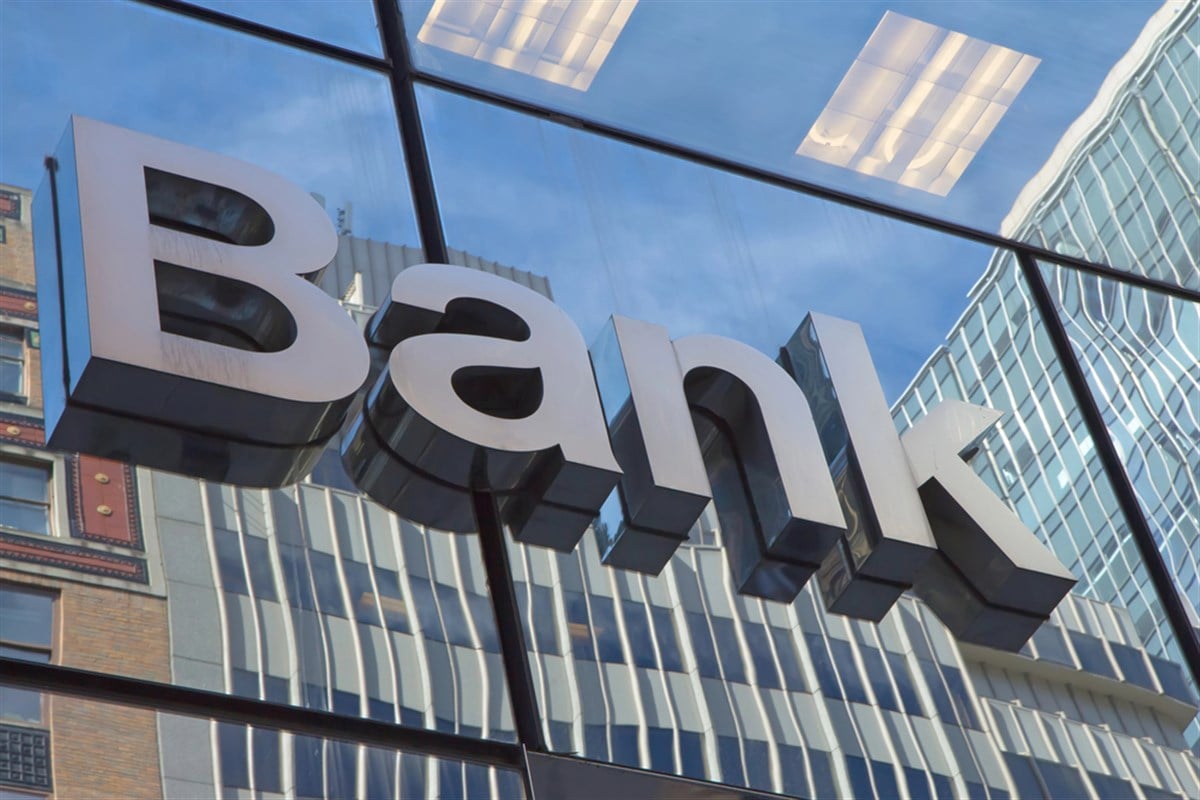
Every cycle brings new opportunities; now that the Federal Reserve (the Fed) is looking to cut interest rates in 2024, the market could be getting ready to shift in a new direction. Banking stocks could be the first to move, as they are tied to the financial pulse of the economy.
Not all bank stocks are made equal, though. There are investment banks and commercial banks. In this new interest cycle, the market is hinting at the branch of banks that it expects to outperform the rest of the financial sector. Backed by fundamentals, investors could take a closer look at the coming wave.
Initially, hybrid (investment and commercial) banks like J.P. Morgan Chase & Co. (NYSE: JPM) and Northern Trust Co. (NASDAQ: NTRS) are the type of institutions that the market is looking to buy, no matter the price. Overpaying for future potential returns is a trend in these stocks that starts here.
Why Banks for Lower Rates?
Traders bet that the Fed will cut interest rates by May or June 2024, a trend investors can follow through the FedWatch tool offered by the CME Group Inc. (NASDAQ: CME). Because markets move well before the trend becomes apparent, J.P. Morgan stock is now flirting with new all-time highs.
However, the train still has a long way to go, meaning investors could ride on further momentum. Northern Trust stock is breaking through its 52-week highs but has yet to recover to its 2022 high of $135 a share.
Northern offers a different opportunity for those looking for a dip buying opportunity than J.P. Morgan’s momentum. Northern Trust’s upside comes from its $49 billion of debt securities, typically comprised of government bonds such as the treasury 10-year notes.
J.P. Morgan also has some of these assets on its balance sheet, but the market’s excitement may come from the bank’s exposure to investment banking activity. Lower interest rates typically spark mergers and acquisitions (M&A) activity, which brings these banks a good chunk of fees and revenue.
Lower interest rates set by the Fed affect bond interest rates, and when rates go down, bond prices go up. Knowing this, investors may want to gain some exposure to banks like Northern Trust, whose assets mostly comprise bonds and loans. Should Northern Trust's book value rise (because of more valuable bonds), its stock price could follow.
For J.P. Morgan, the thesis could be rooted in the expectation for higher earnings per share (EPS) from its heating investment banking departments. In fact, analysts at Wells Fargo & Co. (NYSE: WFC) boosted their price targets for the bank to $220 a share as of March 2024, calling for an 11% upside from today’s prices.
The Market Has Voted
The financial sector, focused on the commercial banking industry, currently trades at a price-to-earnings (P/E) valuation of 9.8x. J.P. Morgan’s valuation today is 28% above the industry average, as the stock sells for 12.5x.
Northern Trust stock is valued 43% above the industry standard in its 14x P/E multiple. The market must have a good enough reason to pay a premium valuation for these names; knowing how rates can affect these stocks, retail investors now have an insight into what Wall Street is looking for.
Solidifying the momentum and dip opportunity in these stocks, investors can compare their past 12-month performance against the Financial Select Sector SPDR Fund (NYSEARCA: XLF). J.P. Morgan stock outperformed the sector by as much as 23%.
In contrast, other banks like Goldman Sachs—more focused on investment banking activities—have underperformed these hybrid names. J.P. Morgan stock left its competitor behind by 26.2% in the past 12 months, showing investors how these fundamentals come into play.
Enough Fuel to Burn
With recent hot initial public offerings (IPOs) like Reddit Inc. (NYSE: RDDT), investors can gauge the underlying fuel in the economic environment. M&A activity is also on the rise, as The Home Depot Inc. (NYSE: HD) also realized an $18 billion acquisition in the past week.
These headlines typically don’t come about during stagnant economic times, so these banking names could be set to rally in the coming quarter, fueled by economic momentum and hopes for lower interest rates.
Investors can follow the price action in bond-based exchange-traded funds (ETFs) like the iShares 20+ Year Treasury Bond ETF (NASDAQ: TLT) to keep up with bond yields' movement and how these yields could affect banking stocks.




